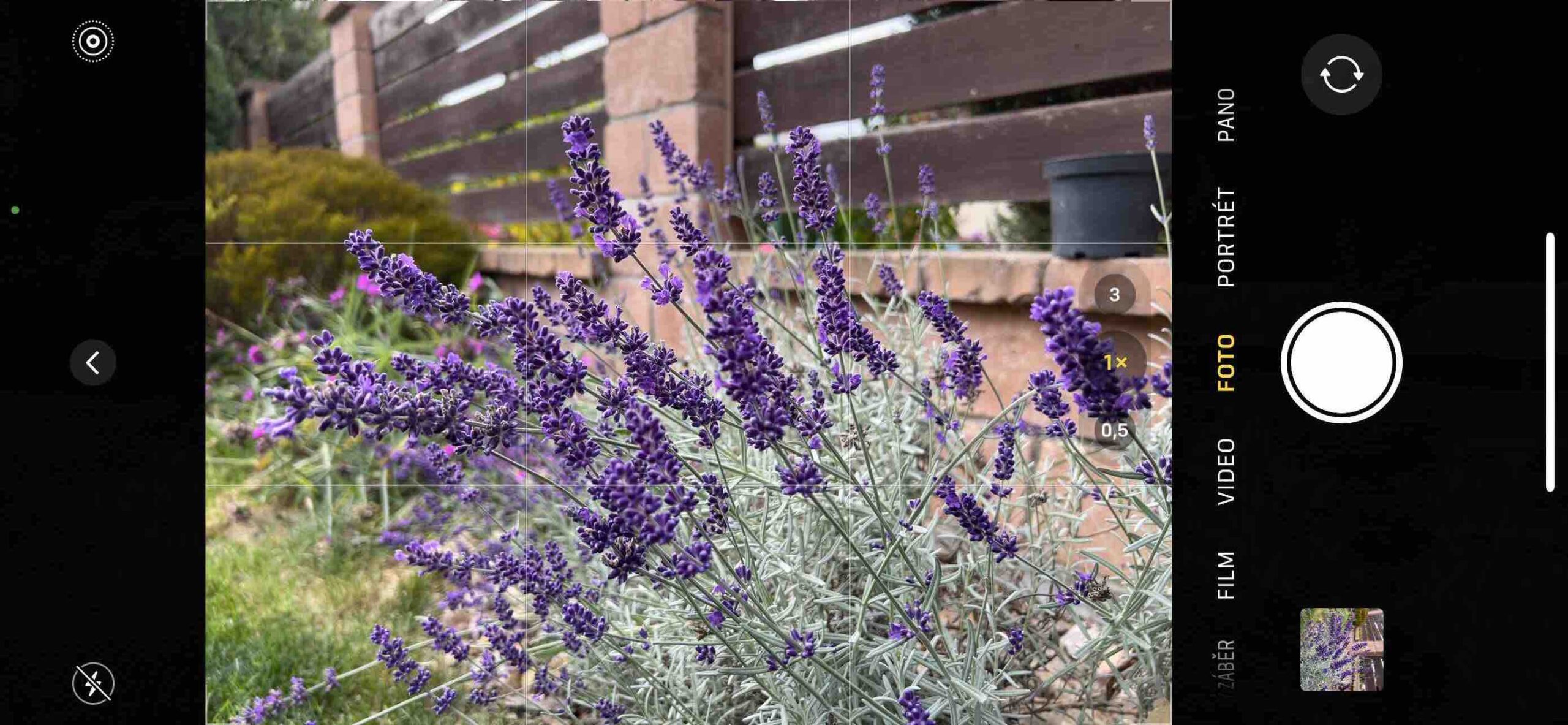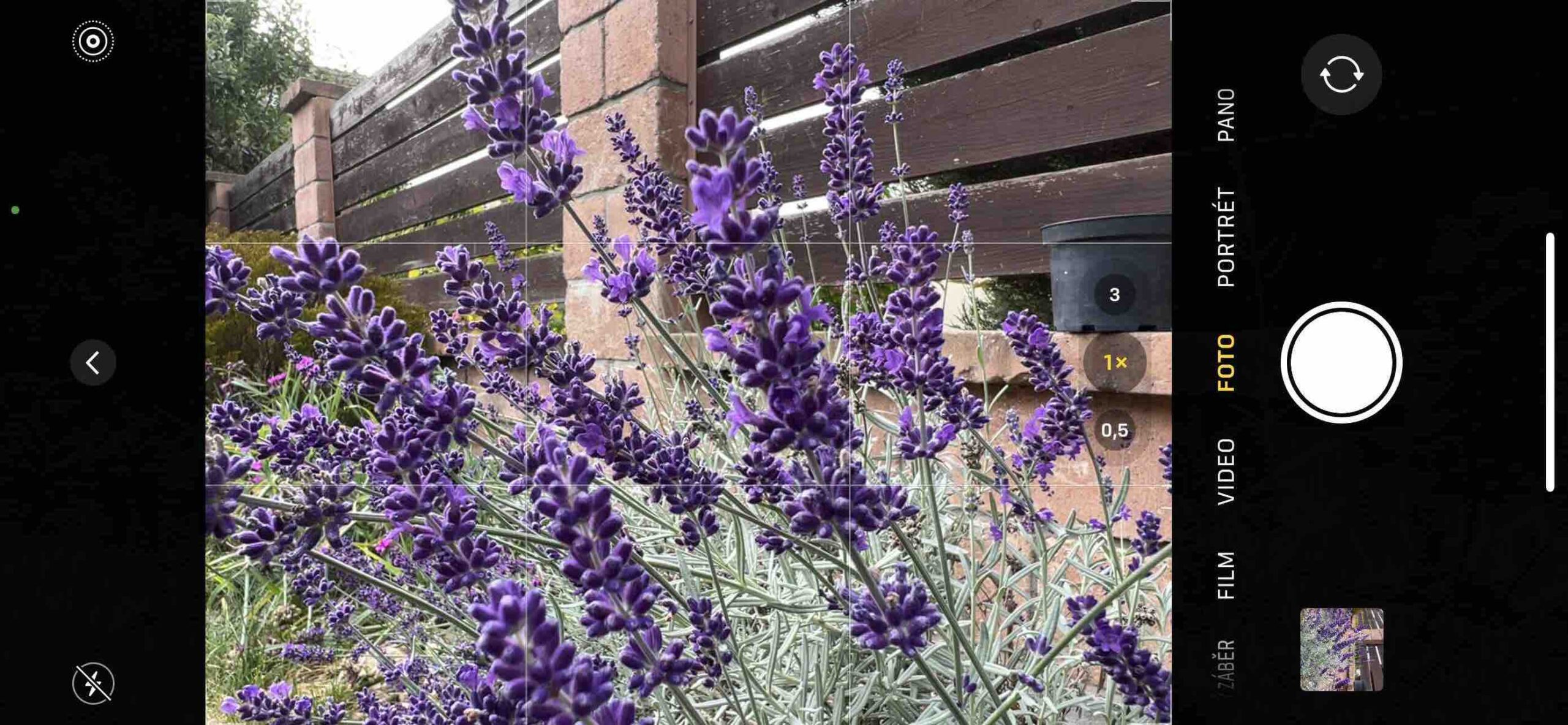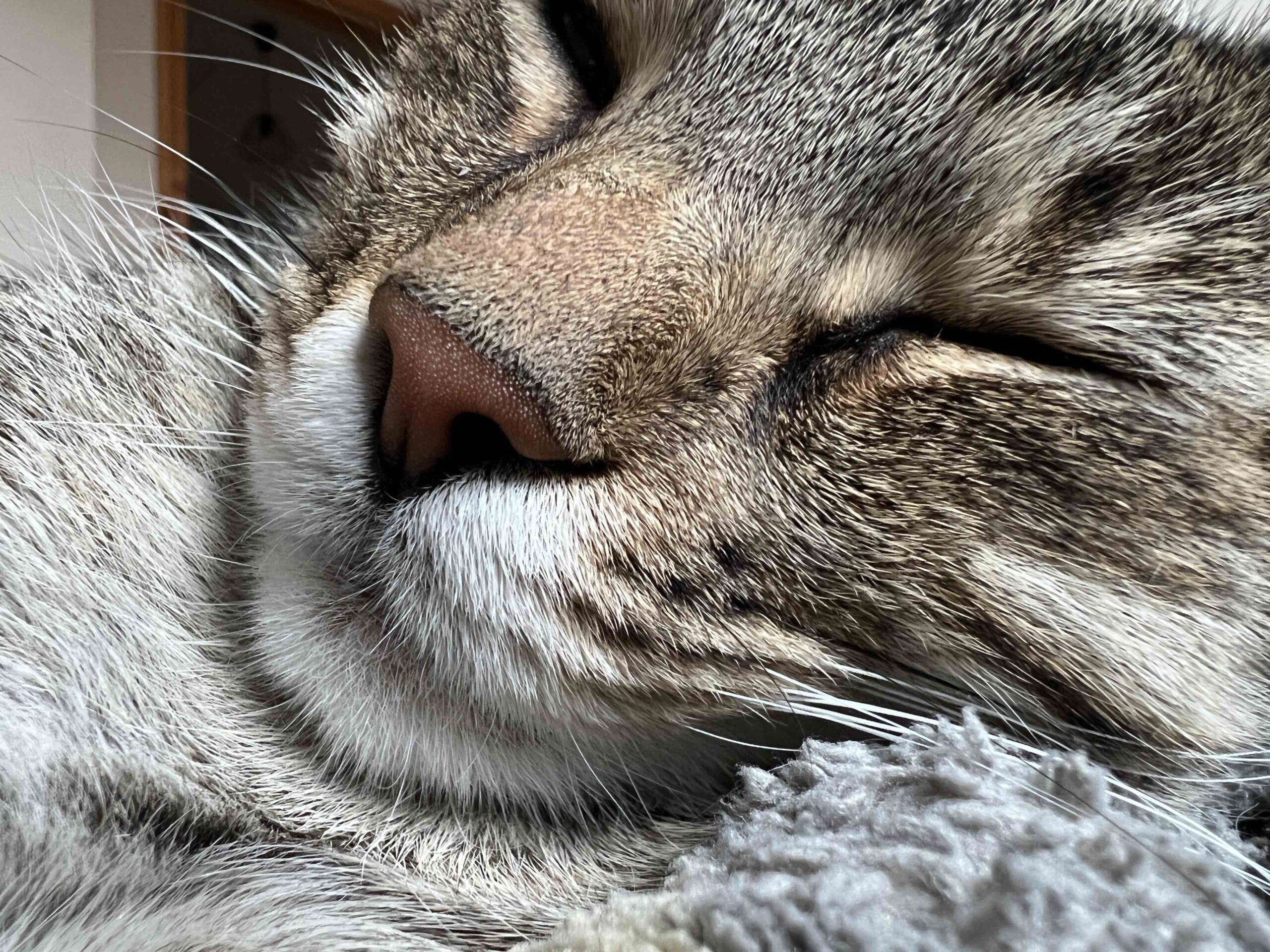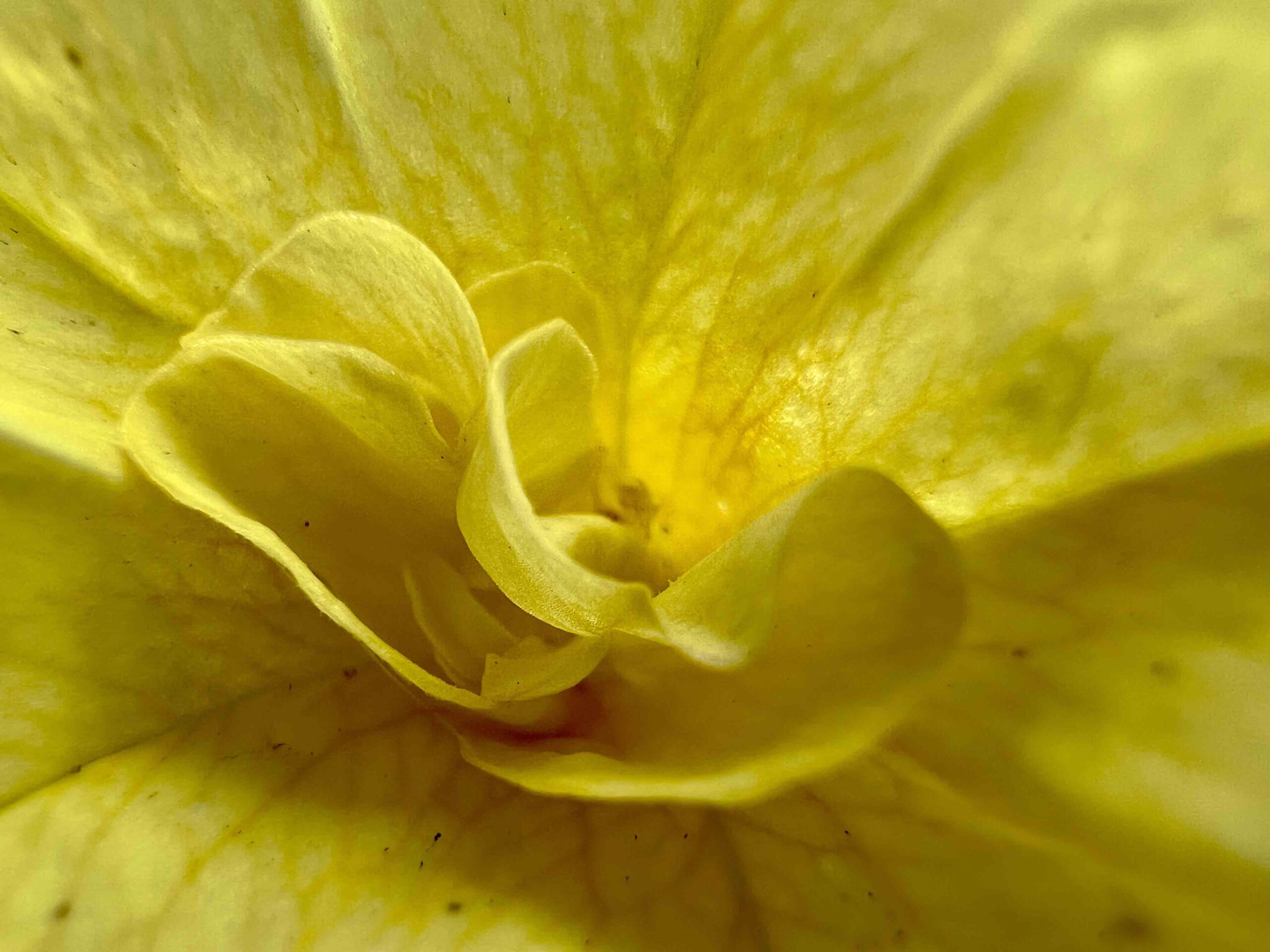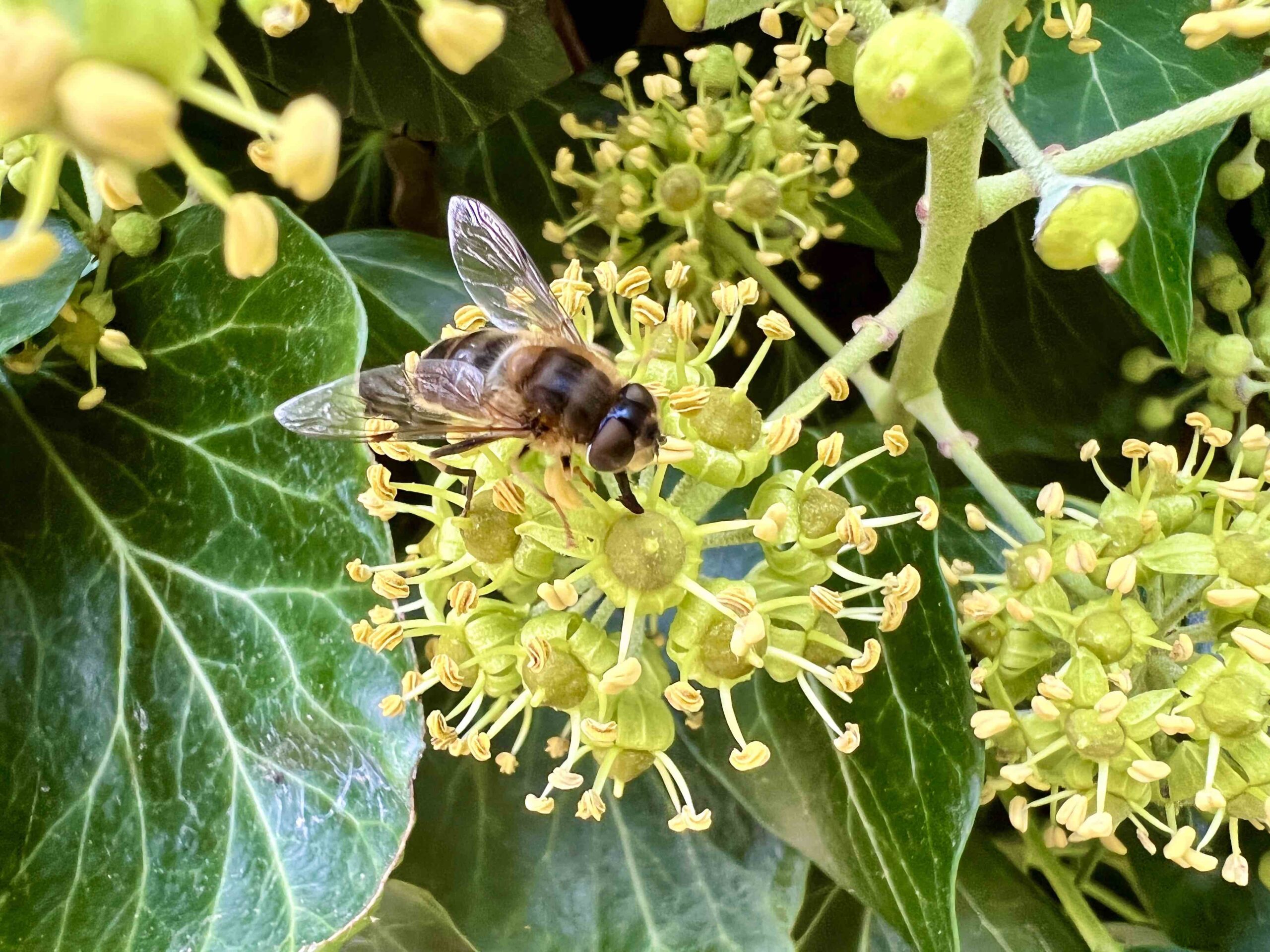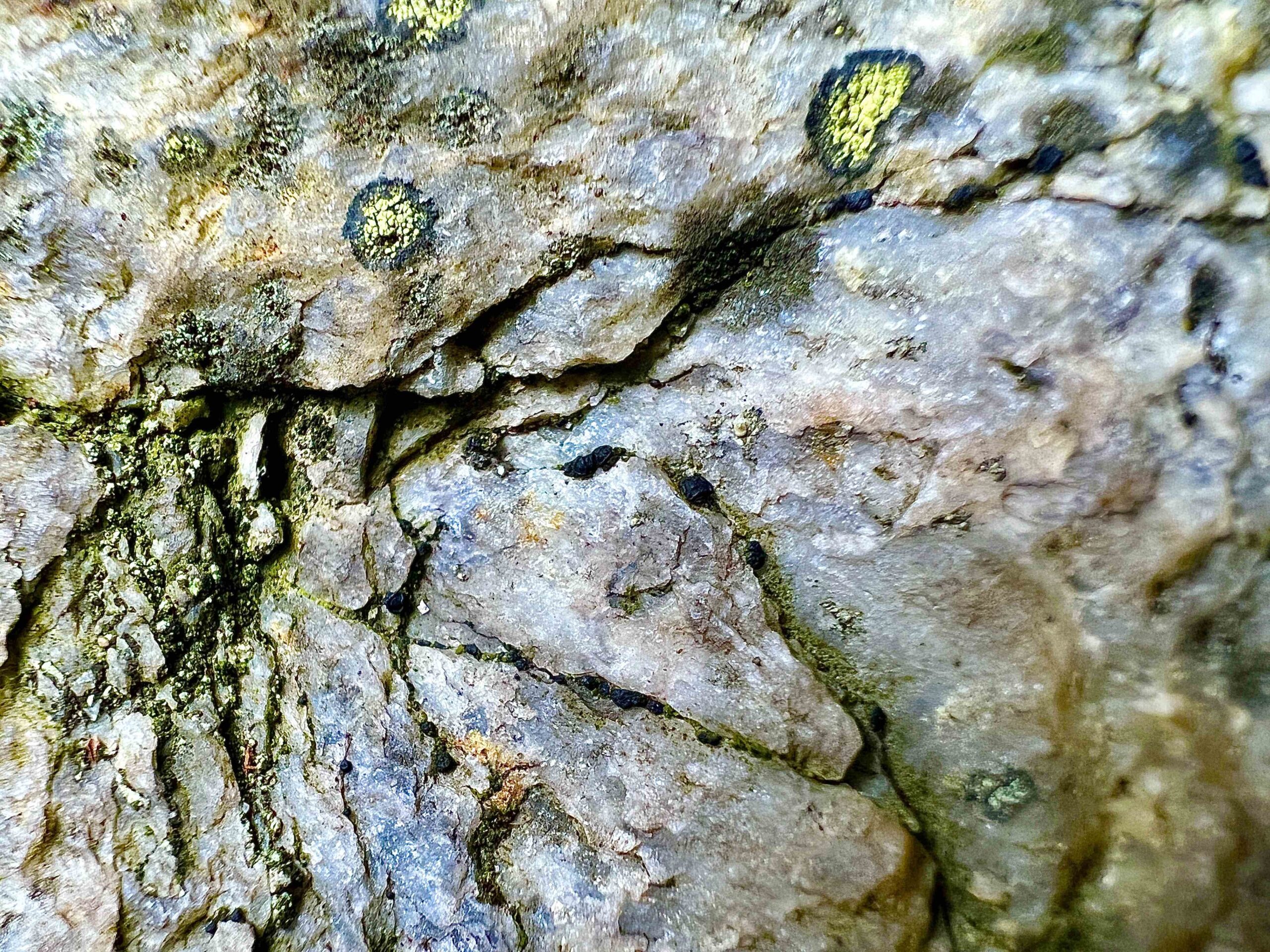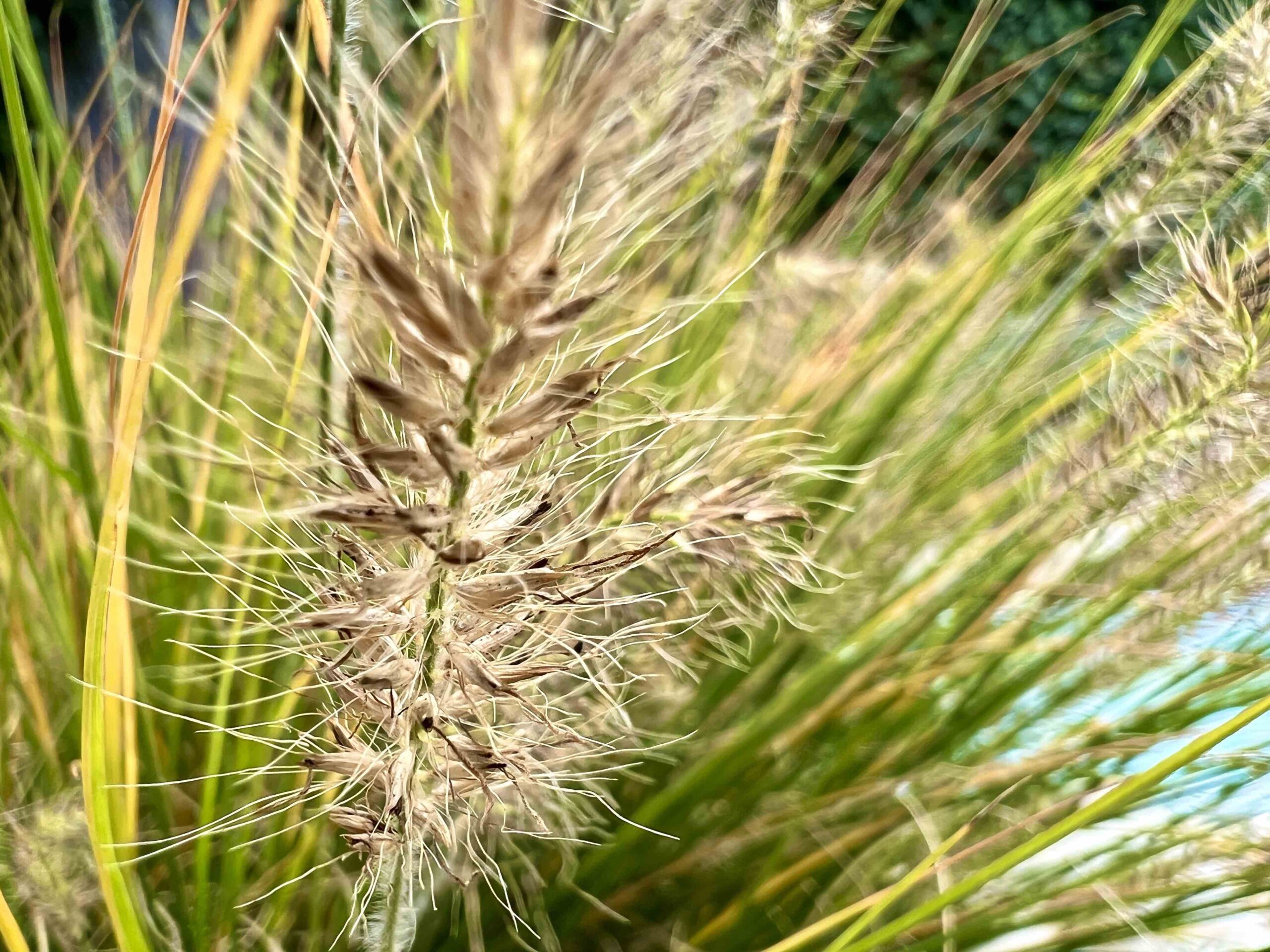The power of cell phones is that once you unbox them and fire up the camera app, you can immediately take photos and videos with them. Just aim at the scene and press the shutter, anytime and (almost) anywhere. The iPhone 13 Pro series comes with some great new features, one of which is macro photography.
This is thanks to the new ultra-wide-angle camera with a 120° field of view, 13 mm focal length and ƒ/1,8 aperture. Apple says it can focus from a distance of 2cm thanks to its efficient autofocus. And it wouldn't be Apple if it didn't make it as simple as possible. So he doesn't want to burden you with activating the function. As soon as the camera system decides that you are close enough to the subject to begin macro shooting, it automatically switches the lens to ultra-wide angle.
It could be interest you
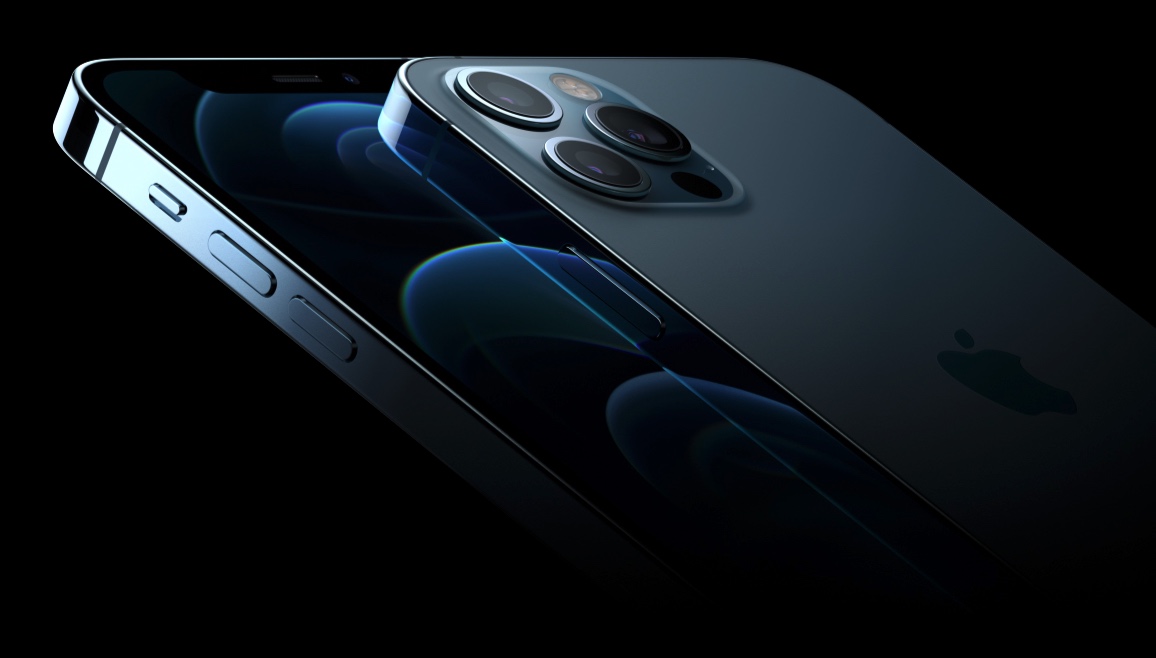
How to take macro photos with iPhone 13 Pro:
- Open the application Camera.
- Select a mode Gallery.
- Get closer object at a distance of 2 cm.
It's that simple. You won't find any setting options anywhere yet, although Apple has hinted that it will add a switch in future iOS releases. This is simply because, for example, you currently do not take a photo of a spider on a web. In such a case, the phone will always focus behind him, because he is small and does not have enough "surface". Of course, you will find more similar cases. The switch is also useful for the reason that the use of the macro is intuitive, but not very attractive. You will not find information about the fact that you are taking a macro photo even in the metadata of the Photos application. You see only the used lens here.
A sample gallery of macro images taken with the iPhone 13 Pro Max (images are scaled down for web use):
The only way you'll know you're shooting in macro is the moment the lenses switch themselves (the macro mode won't even be activated by switching the indicator of the selected lens). In addition, it may seem like a mistake to some, because the image noticeably flinches. This is especially a problem when recording video footage. In it, the macro is activated exactly the same, i.e. automatically. But if you're recording a scene in which you're continuously zooming in, suddenly the entire image shifts. The recording is thus automatically useless, or you have to create a transition in post-production here.
Although the function is extremely intuitive, it is still very clumsy in this respect, and videos are only suitable for still images. For the photographic ones, expect that not every picture will be exemplary sharp. Any tremors in your hands will show in the result. Even in macro, you can still select the focus point and set the exposure.
 Adam Kos
Adam Kos 